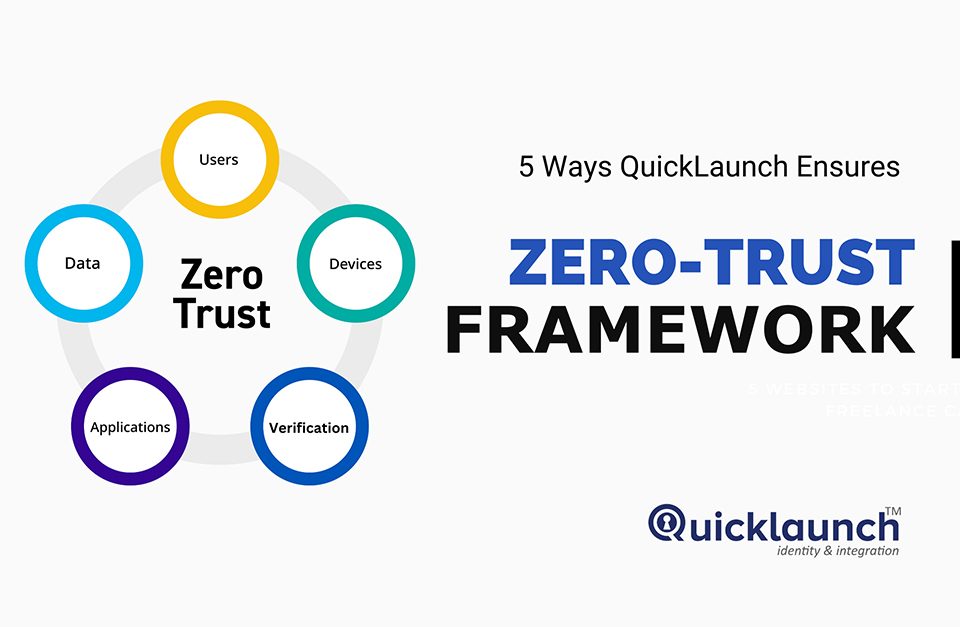
Keep your Applications and Data Handy with Cloud
February 1, 2018
7 Features to Look for While Choosing SSO Software
March 13, 2018When you search for Single Sign-On, there are tons of options. Some are cloud-based, others are on-premise. Some are Pay-As-You-Go Live, others are one time free. Some are self-serviceable, others require consultants. Let’s talk about the Self-Service feature of a Single Sign-On today.
Enterprise IT is rapidly heading towards DIY. Basically, Enterprise software is leading to a point where IT teams could sign-up for a product, get started with a minimum-to-no- assistance, pay online and go Live. The days are gone when the need to get engaged with an army of professional consultants arose. Anyways, it’s not only expensive but the implementation cycle is also time-consuming. Self-service software helps a great deal in overcoming this problem by enabling users to set up and run the tool in a series of intuitive steps that are easy to carry out. This also demands for an extremely good documentation in place to guide them through the set-up and run the Single Sign-On platform.
What is Self-Service Single Sign-On?
A Self-Service Single Sign-On is designed to help your users access multiple applications at one place without the need to log in separately for each one of them. It empowers you with one set of credentials i.e., username and password to access multiple applications that you use. A Single Sign-On solution aims at helping an organization increase its work efficiency, improve process performance, and simplify their everyday operations. The Self-Service feature enables businesses to achieve these goals by allowing them to execute an auto-pilot mode.
Features of a Self-Service Single Sign-On Platform:
1. Customization Ability:
Self-Service Single Sign-On is easy to customize and works according to your own settings which makes it configurable.
2. Implementation Cycle: Faster Go-Live:
Get your Single Sign-On up and running in no time with the Self-Service feature and quick implementation.
3. Low on Cost:
With the amount of easiness that comes up with a Self-Service Single Sign-On, the dollar value you pay to attain it is low and reasonable.
Why Is It Important for a Single Sign-On to be Self-Service?
Generally, Single Sign-On is on-premise, costly and overly technical. But today, Cloud-based Single Sign-On systems ride the herd when it comes to Single Sign-On. It is important for an SSO to be self-serviceable in order to serve well to the non-technical users, and be user-friendly in terms of use and implementation. The biggest advantage of Self-Service Single Sign-On over the basic Single Sign-On system is that they are designed to simplify the usage of any non-technical business user, which takes a lot of burden off from shoulders of the IT team.
Switching to Single Sign-On means different thing to different businesses. Some organizations want an SSO platform to speed up their processes, while many others use it to handle the increase of process volume. In general, an SSO system yields a much more holistic result, i.e. to equip businesses with the power of automation to help them build a smart, self-sustaining work culture. A Single Sign-On system designed on cloud helps a business align its functions to the customer needs and plan actionable measures to achieve those goals.




